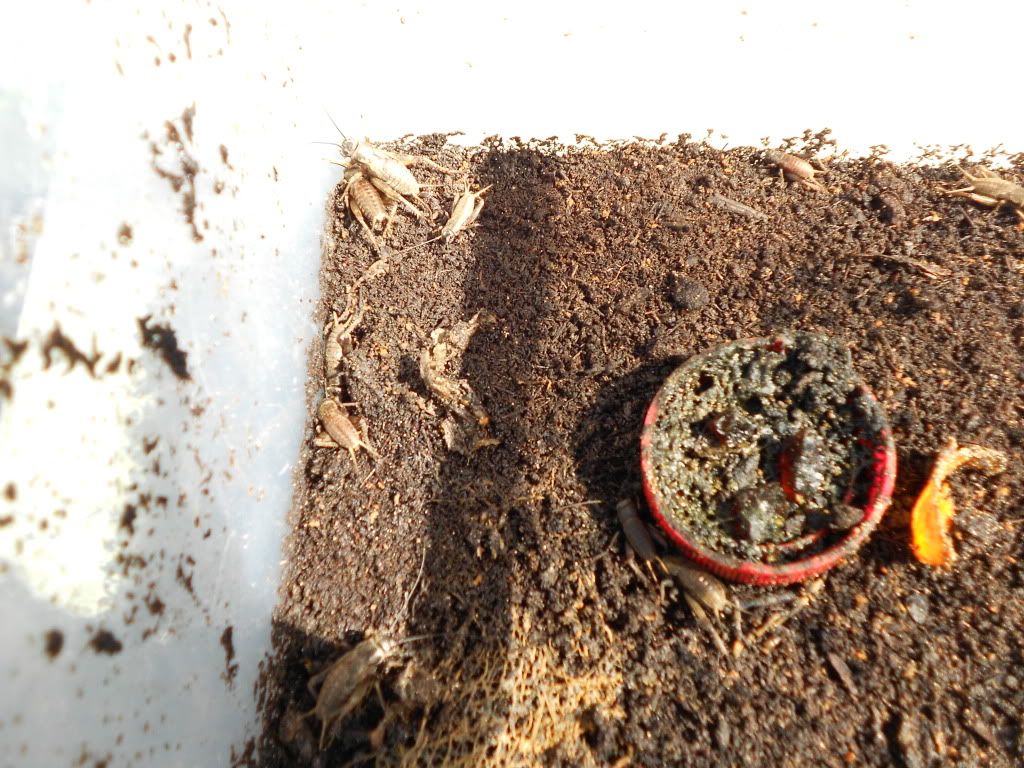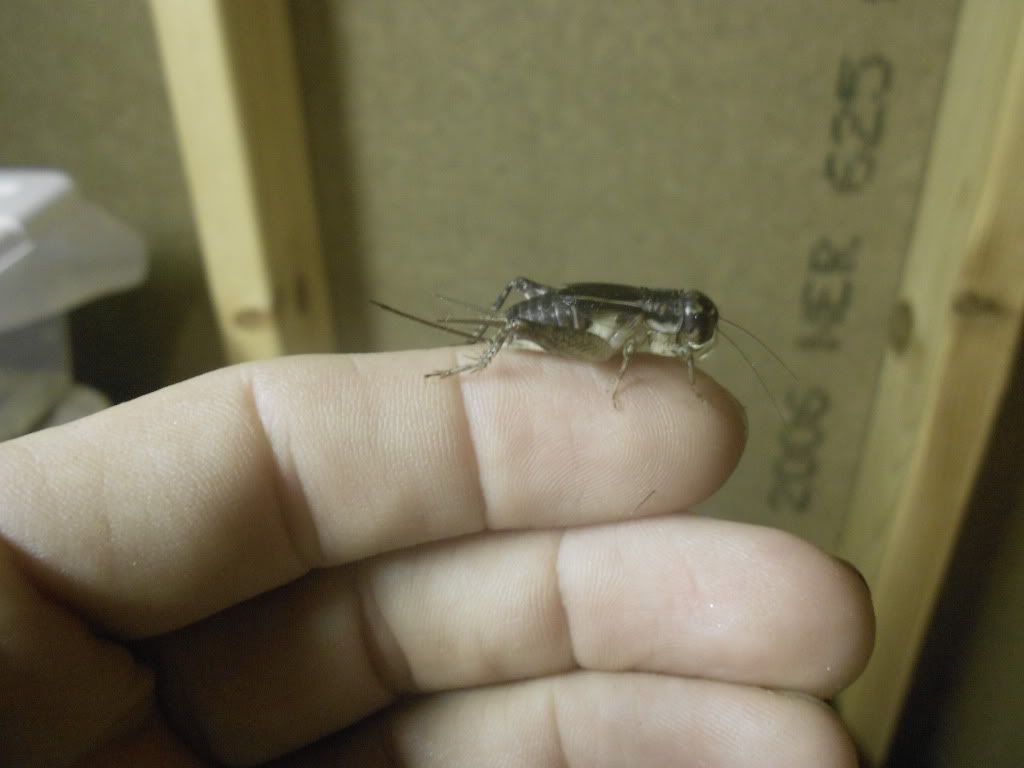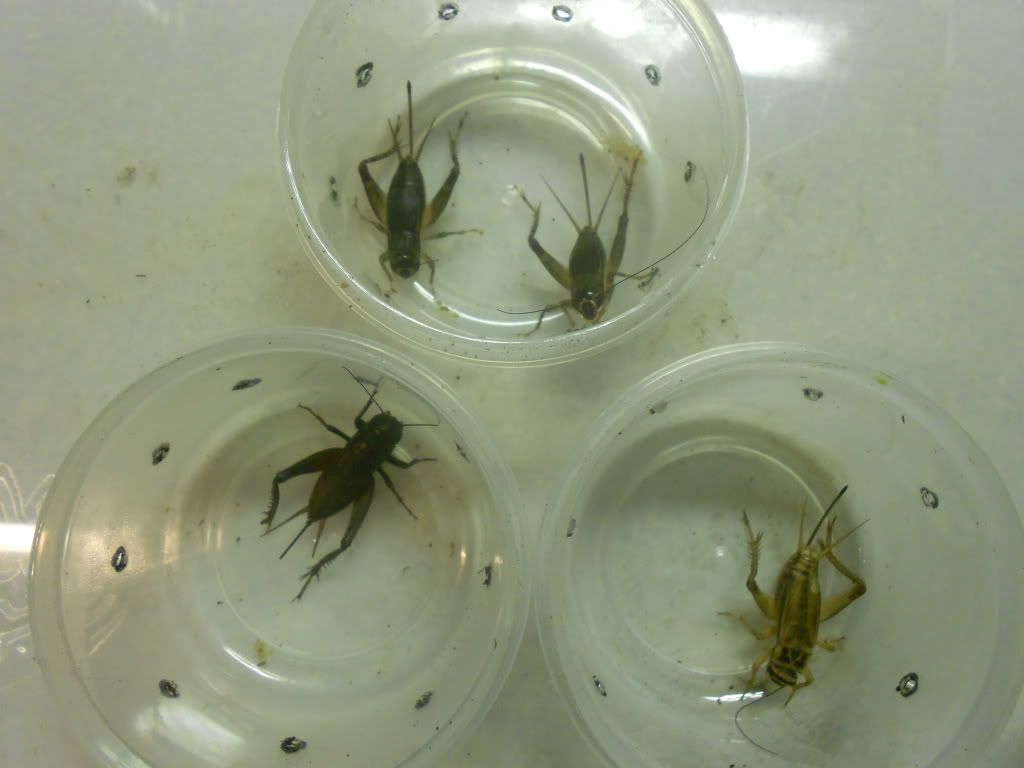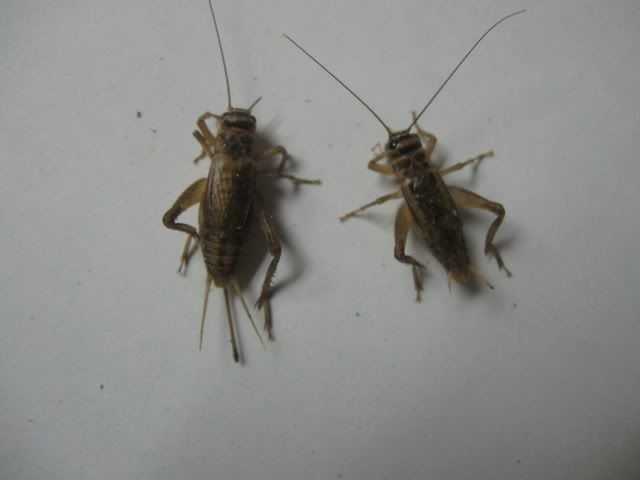joeandsoph
Established Member
Hey,
I am thinking about breeding crickets, but have a bit of a stupid question. Once the eggs are laid in the sand, do I need to keep the container air tight, because that's what I've read a lot but I'm unsure!?!?
I am thinking about breeding crickets, but have a bit of a stupid question. Once the eggs are laid in the sand, do I need to keep the container air tight, because that's what I've read a lot but I'm unsure!?!?




